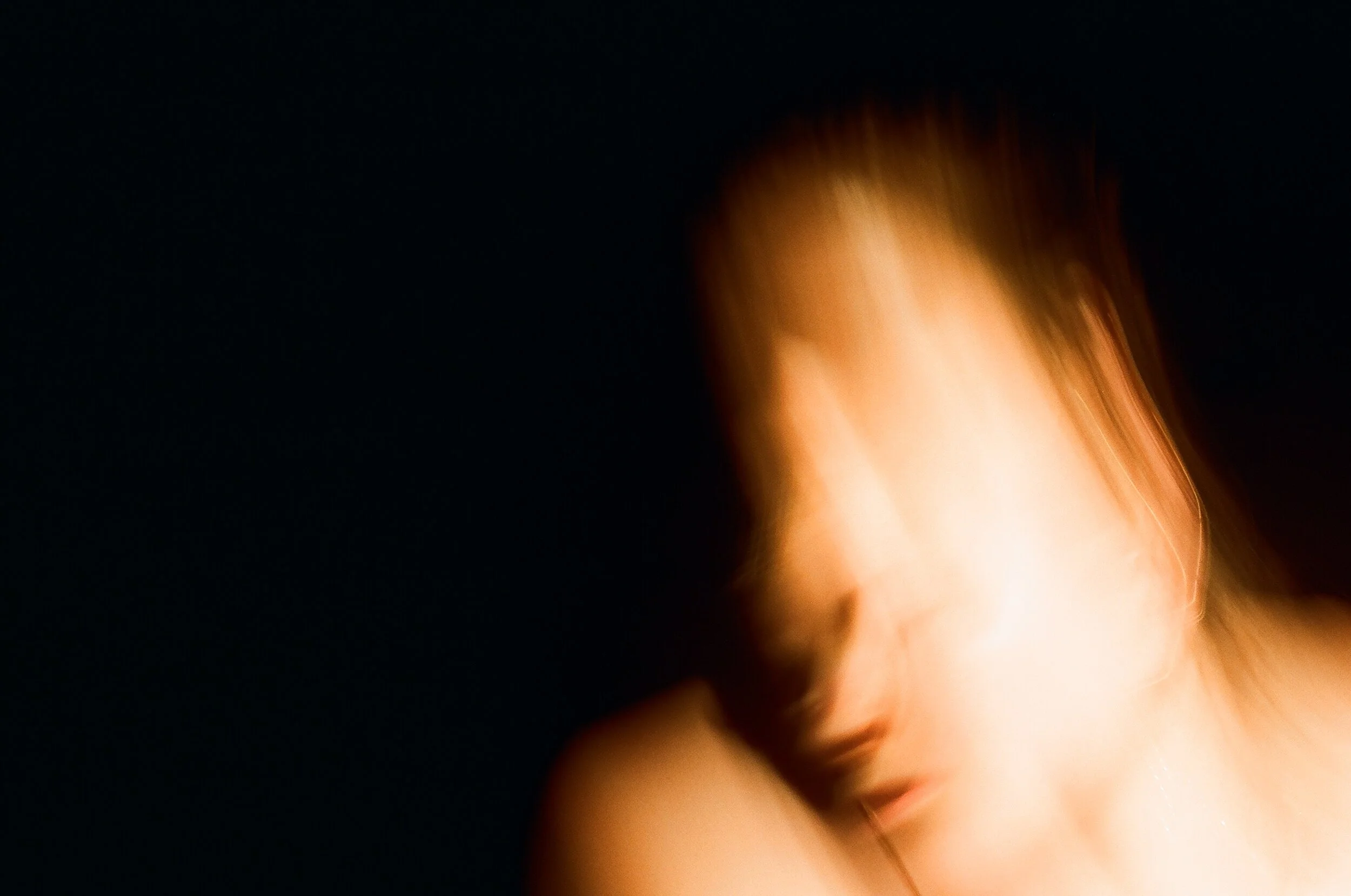Intangible Heat
April 18, 2017.
Linguists theorize slangification as a type of semantic shift in which a specific group or subculture transforms the meaning and use of a word or phrase into something entirely new for purposes unique to the group. This creative language innovation recycles old words for new ones, implementing a continuous mechanism of language change. As such, social groups that invent new slang normalize new modes of speaking and thinking about ideas and concepts.
A category of slang referred to as “assessment terms” are words or phrases appropriated by a social group to explain or describe something relative to the group. Examples include, “hot, awesome, terrific, groovy, the bomb,” etc. When assessment terms do not contain a visual element, it can be difficult for photographers to realize these concepts visually. And some slang, when used in combination with visual ideas, might be even harder to capture in a still image.
Consider a dancer with “hot dance moves” — how and where is the heat defined? Is it generally genre-specific? Does it present itself only through certain body types? Or can anybody dance hot? To recognize that a dancer has talent is not the same as appreciating that their talent is hot. Even further, to define hot dance moves feels like an affront to subjectivity. So instead, I want to explore the process of photographing such events.
Dance requires one essential element — time — because movement through space relies on it. The viewer comes to recognize dance moves to be “hot” not because the dancer remains stationary, but because they move through space and time. To record dancing on film or video indexes body movement over time, so it is possible to use these technologies to depict hot dance moves. Photography, on the other hand, does not capture time, but rather freezes it. To capture movement through space in one single frame does not allow the photographer agency to index the dancer’s “hotness.” Truly, the only way to visualize hot dance moves through photography is by placing multiple frames next to each other, reminiscent of Eadweard Muybridge’s collotypes. If such is the case, filming the dancer might be the more accessible and simpler choice.
So, the photographer must find other ways to capture hot dance moves. One might choose to enact upon the viewer a bodily response similar to the duress of heat. Warm lighting, colors, and textiles elicit a psychological and cultural response associated with heat, in contrast to the coolness of blues and whites. Juxtaposed against a black nothingness, the dancer’s red, illuminated skin feels bound to burst — rather than faint and feeble, she appears radiant, ever-present, and evocative. If she were lit cooly, we would want her to hide away; to sulk into the shadows. Instead, her body protrudes past the picture-plane, a trompe l’oeil person exfoliating into our laps.
The photographer might also try shooting at a slow shudder-speed to elicit the effect of a body moving through space and time. Visually, this effect stretches not just the body, but the skin, rendering its sweat glands and porous holes a size bigger. The viewer might sense a hint of body dysmorphia when thinking about their own pores exuding their width and how it must feel for seepage to leak out. Of course, this really only tends to happen when the body is overheated, so heat is further accentuated in the image. Combined with the faint hint of sweat dripping off the dancer’s body and the exasperated expression of her face, the viewer might be convinced that what they are looking at and what they are feeling are, indeed, hot.
